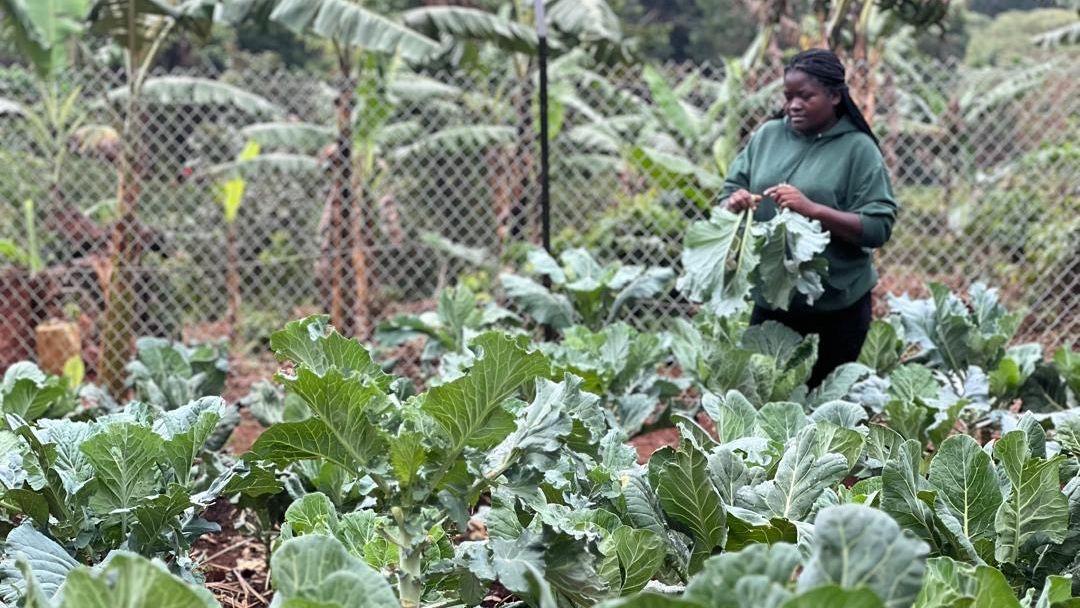
Growing a Better Tomorrow in Uganda
We're creating a sustainable future for families in Uganda through innovative farming practices, education, and women empowerment that nurtures both the land and community.
Our Three-Layer Garden System
We've developed a three-crop system that maximizes yield while maintaining soil health naturally.
Our approach ensures year-round harvests and sustainable land use.
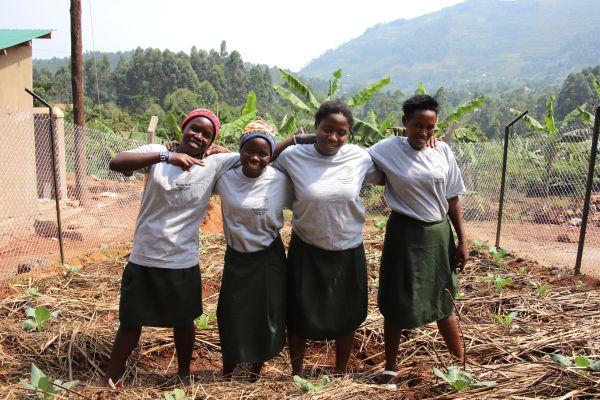
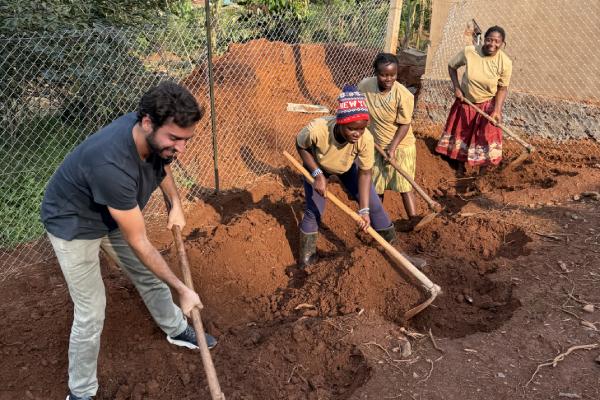
The Three Layers
Sukuma Wiki
"Push-the-week" greens that provide continuous harvest
Harvested continuously for 3-6 months
Rich in iron, calcium, and vitamins
Grows vertically to maximize space
Deep roots improve soil structure
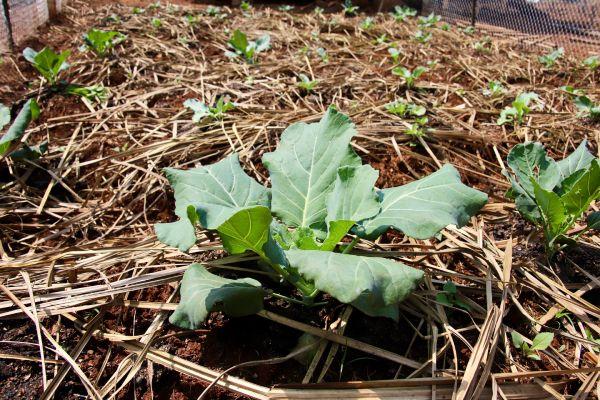
Bush Beans
Quick-growing protein source that enriches the soil
Natural nitrogen fixation for soil health
High protein and iron content
45-60 day harvest cycle
Compact growth between other plants
Sweet Potato
Dual-purpose crop providing ground cover and nutrition
Living mulch prevents soil erosion
Both leaves and tubers are edible
Rich in Vitamin A
Natural weed suppression
Designing for the Future
Our integrated approach creates multiple layers of value that extend far beyond traditional farming methods.
Three-Layer Harvesting
Each garden space produces three different crops through vertical integration, maximizing our yield while minimizing land use.
Natural Pest Control
Strategic companion planting creates natural pest resistance, eliminating the need for harmful chemical pesticides.
Total Nutrition
Our crop selection ensures families receive a balanced mix of proteins, vitamins, and carbohydrates year-round.
Water Conservation
Smart ground cover reduces water evaporation, making our gardens more resilient and environmentally sustainable.
Our Chicken Journey
From our initial flock of 50 to our goal of 200 free-range chickens, we're building a sustainable source of nutrition and income for our community.
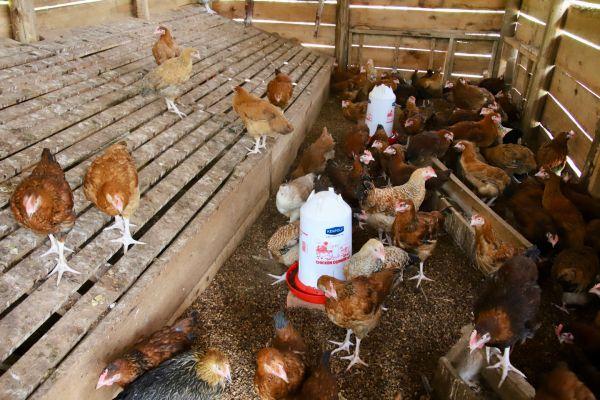
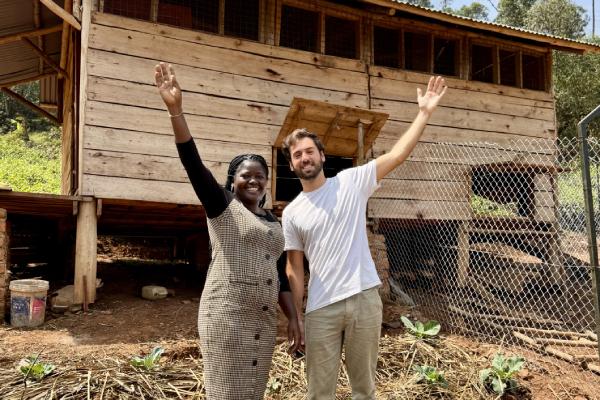
Starting Our Flock
We launched our journey with 50 carefully selected free-range chickens, chosen for their robust health and excellent meat production qualities. Our chickens thrive in spacious outdoor areas, enjoying natural foraging and fresh air.
- Successfully raised our first 50 chickens
- Natural free-range environment
Sustainable Integration
Our chickens play a vital role in our three-garden system. They provide natural fertilizer for our crops while benefiting from the diverse environment we've created.
- Natural fertilizer production
- Three pasture rotation system
Community Impact
Our chicken project provides quality meat to support our community's nutrition needs while creating a sustainable income stream through local sales.
- Raising our third flock of 50 chickens
- Income generation
Expanding Our Impact
We're working towards expanding our flock to 200 chickens, which will significantly increase our protein production and income generation capabilities.
- Scale to 200 chickens
- Enhanced community support